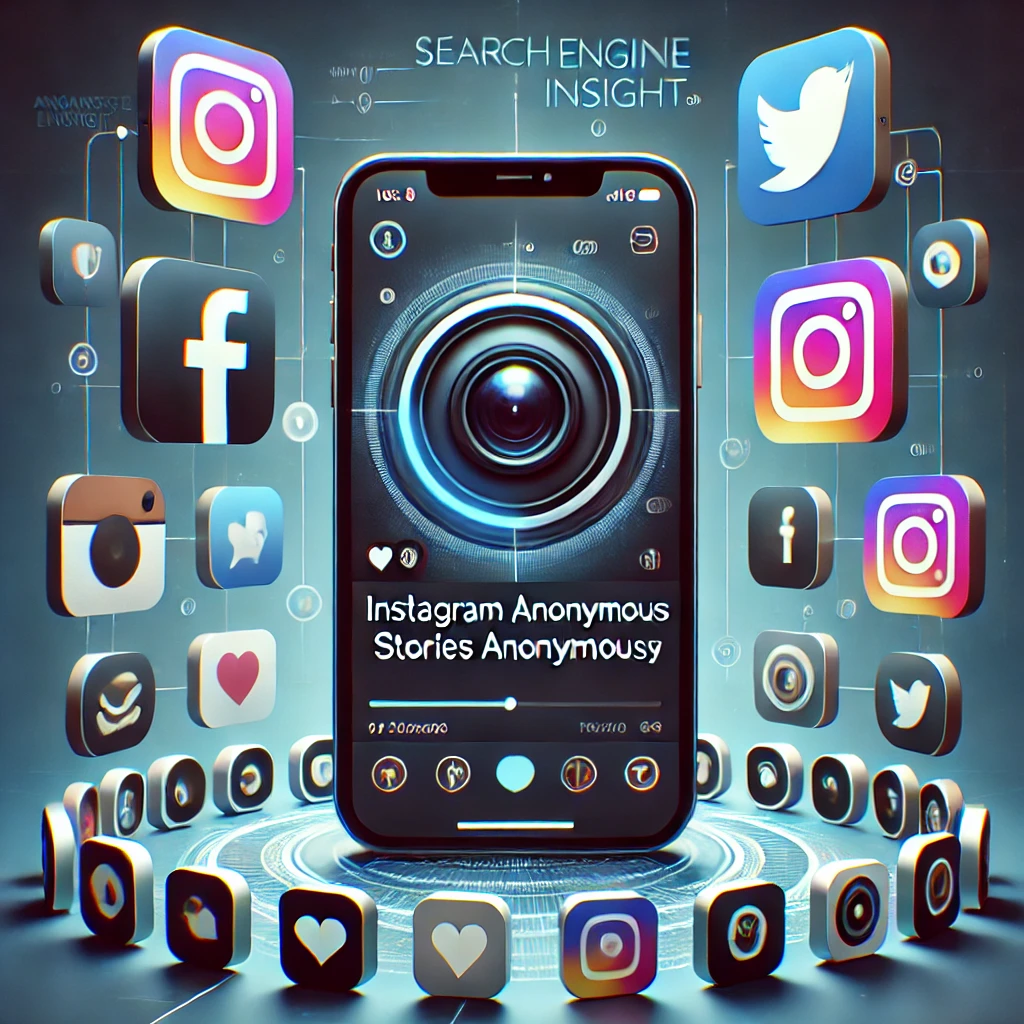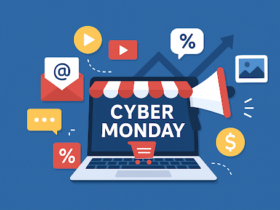In the ever-evolving landscape of the internet, new behaviors, trends, and even new words emerge that reflect the zeitgeist of the era. One such intriguing term is “insanony”—a hybrid of insanity and anonymity. Though not officially defined in any dictionary, “insanony” is rapidly gaining traction as a concept that encapsulates a growing societal phenomenon: the unfiltered, often chaotic, and sometimes dangerous behavior exhibited online under the veil of anonymity.
This article delves deep into the meaning of “insanony,” its implications, the psychology behind it, real-world examples, and what it means for the future of digital discourse.
Defining “Insanony”
“Insanony” can be understood as a state or behavior characterized by extreme, erratic, or harmful actions taken online while protected by anonymity. It’s not just trolling or venting—it’s the phenomenon of people engaging in behavior they would never dare to do in real life, often escalating into online harassment, misinformation, or digital vigilantism.
The term is symbolic of a broader problem: how the protective cloak of anonymity can sometimes unleash the darker sides of human nature.
The Psychology of Anonymity
To understand “insanony,” we must first explore what anonymity does to the human psyche. Psychologists have long studied the online disinhibition effect, a term coined by John Suler in 2004. This concept explains how people say and do things in cyberspace that they wouldn’t ordinarily do in face-to-face interactions.
Key factors contributing to the online disinhibition effect include:
- Dissociative anonymity: Users feel their online persona is separate from their real identity.
- Invisibility: Not being seen increases confidence to act without restraint.
- Asynchronicity: Delayed responses eliminate the pressure of immediate consequences.
- Minimization of status and authority: On the internet, social hierarchies often dissolve.
Combine these with the human capacity for impulsivity, and the stage is set for insanony to take root.
Manifestations of Insanony
1. Toxic Comment Sections
Perhaps the most visible evidence of insanony is in the comment sections of social media platforms, news sites, and YouTube videos. Hateful remarks, baseless accusations, and vitriolic debates occur daily. Many of these comments come from anonymous or pseudonymous users who likely wouldn’t speak that way in person.
2. Cancel Culture and Mob Mentality
While holding people accountable is essential, the anonymity of the crowd can turn what should be justice into public shaming and digital witch hunts. A single tweet can ignite an online mob, and individuals behind avatars fuel the fire without consequences—classic insanony behavior.
3. Conspiracy Theories and Echo Chambers
Anonymity helps spread unfounded theories with no accountability. Communities form around fringe ideas where insanony flourishes, unchecked by facts or opposing views.
4. Online Harassment and Doxxing
From coordinated attacks on public figures to the targeting of private individuals, online harassment thrives on anonymity. The more people feel they cannot be identified, the more emboldened they become. In extreme cases, this leads to doxxing—releasing personal information to harm or intimidate.
Insanony in Pop Culture
The rise of insanony hasn’t gone unnoticed in media and pop culture. Series like Black Mirror and Mr. Robot explore the consequences of unchecked anonymity. Even real-world events—such as the Gamergate controversy or Reddit’s now-banned toxic subreddits—have inspired storylines that reflect this phenomenon.
The digital age has created characters who live dual lives: a socially acceptable persona offline and an uninhibited, sometimes toxic alter ego online.
Positive Uses of Anonymity
It’s important to note that anonymity itself isn’t inherently bad. In fact, it can be essential:
- Whistleblowers use anonymity to expose corruption.
- Victims of abuse seek help without fear of exposure.
- Mental health forums allow people to discuss deeply personal issues without stigma.
But the difference between healthy anonymity and insanony lies in intent. Is the person hiding their identity to protect themselves—or to harm others?
The Role of Platforms
Social media platforms and online communities have struggled to balance privacy with accountability. Twitter/X, Reddit, and YouTube all grapple with moderation challenges. Bans, shadowbanning, comment filters, and AI moderation tools are used to combat insanony—but often these tools are either too lenient or too harsh.
Some have called for the end of anonymous profiles altogether, suggesting that verified identities should be required to post content. Others argue this would destroy the freedom of speech and protection many users rely on.
Insanony and the Metaverse
As we move toward more immersive digital experiences—like the metaverse—the potential for insanony increases. With avatars and virtual worlds, the disconnection from reality could deepen. If we don’t address insanony now, it may evolve into even more destructive forms in fully immersive digital spaces.
How to Combat Insanony
While the battle against insanony isn’t easy, it’s not impossible. Here are a few strategies that individuals and communities can adopt:
1. Digital Literacy
Educating users—especially younger generations—about responsible online behavior is essential. They must understand the real-world consequences of digital actions.
2. Community Guidelines and Moderation
Online spaces must have clear rules, enforced by both AI and human moderators. Transparency in moderation decisions can also build trust.
3. Empathy Training
Encouraging empathy and respectful discourse through gamified rewards or social incentives can help reduce the pull toward insanony.
4. Stronger Reporting Systems
Platforms should make it easier and faster for users to report harassment and for action to be taken.
5. Encouraging Accountability
While full de-anonymization isn’t always feasible or ethical, tools like verified badges, IP tracking for abuse, and legal recourse for serious offenses can help deter toxic behavior.
The Future of Online Identity
“Insanony” challenges us to rethink how we engage online. We’re at a crossroads: one path leads to a more humane, thoughtful digital world; the other to a chaotic realm where everyone wears a mask and no one is safe.
As AI advances and digital lives become more immersive, the boundary between real and virtual selves blurs further. If we don’t address the rise of insanony, we risk building a digital civilization without the basic norms of empathy, respect, and accountability.
Conclusion
“Insanony” is a term that captures the darker side of internet culture—where anonymity fuels unhinged, often destructive behavior. While anonymity can be a force for good, it can just as easily become a weapon.
By recognizing insanony as a real and pressing issue, we can begin to develop strategies to counteract it. It starts with awareness, but must move toward accountability, empathy, and responsible design of our online communities.
In the end, the internet is a reflection of humanity itself. Whether insanony defines us—or becomes just another cautionary tale—is a choice we must make collectively.







Leave a Reply